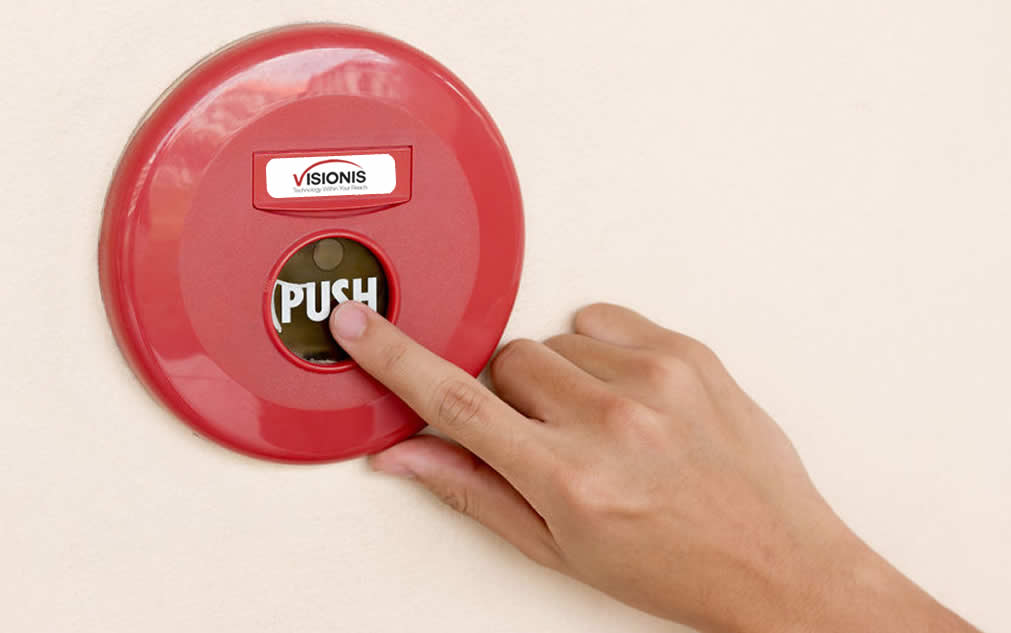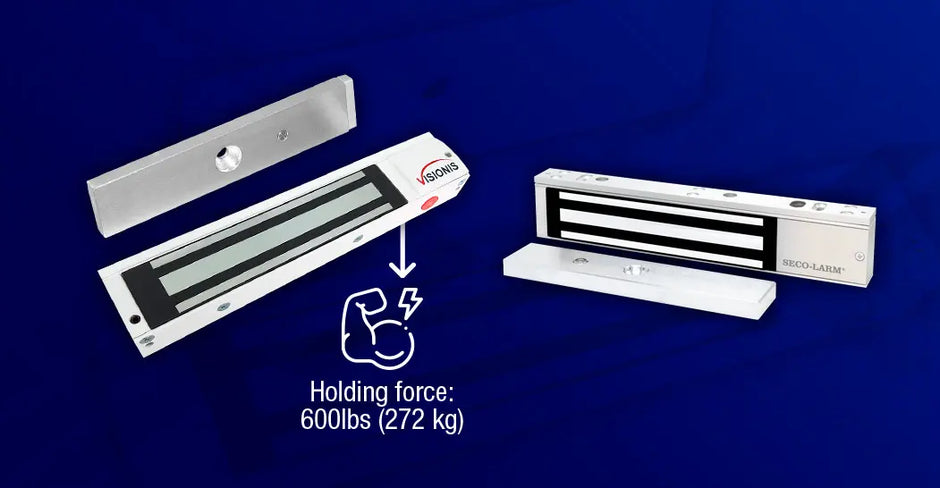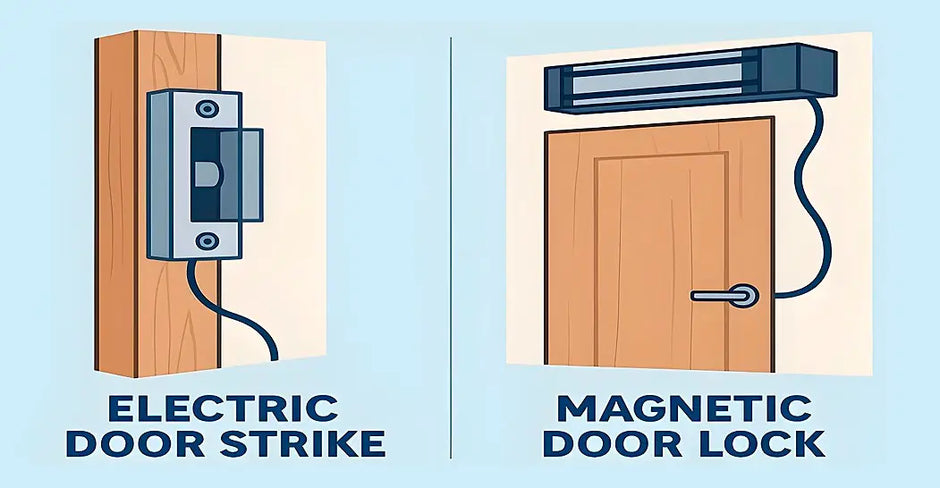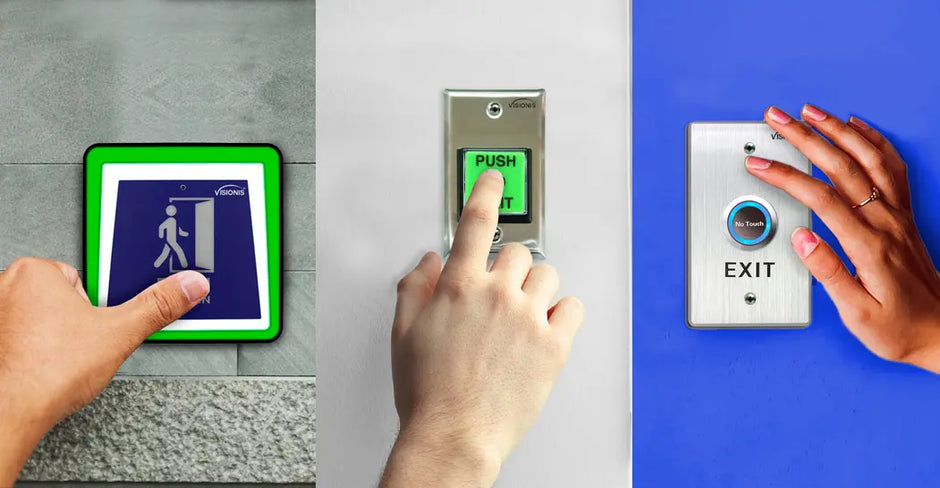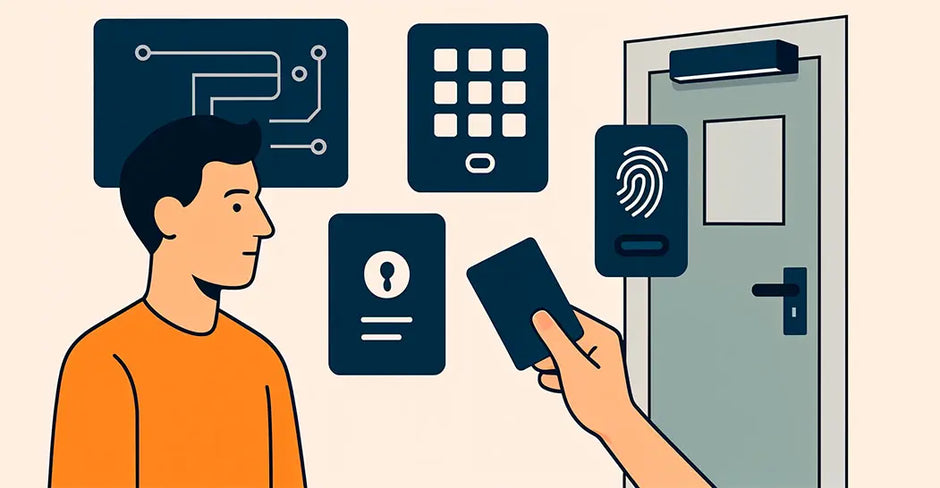Exit Buttons as Exit Devices: Why the Push to Exit Button Works Well With Programs Like Exit Door Alarms
Technology has brought us a long way since the days of using the simple lock and key systems. When security needs are high, getting the best devices to keep your home or business safe is a top priority. Exit doors now have sophisticated programs to lock and unlock a door.
The days of breaking or losing keys are no longer here. Now, we have all kinds of security measures that don’t use those bothersome keys. Some even provide us with door monitoring devices, such as an exit door alarm to sound an alert when someone is accessing an entryway they may not have permission to enter through. These newer exit devices keep a building safe and secure in many situations.
Nothing can get past them without the proper access. Choosing the right security system for your building takes a lot of thought and planning. There are several parts to each access program out there such as keypads, keycode cards, an exit button, and motion sensor devices. For this post, we’re concentrating on the push to exit button used on the exit devices of the egress doors.

What is a Push to Exit Button?
Businesses that implement security want to stop unwanted people getting into their establishment. To do that, they usually install an exit door alarm and a security device that controls who enters. Only valid people can gain entrance, so they must have the proper permission rights to use that entryway.
This ensures the door stays locked until the access device receives sufficient permission. Whether they use a keycode to punch in or a keycard to swipe, the door will unlock for them to enter. On the same note, when someone inside the building wants to leave through that door, they need the same type of permission to access it.
However, exiting the building doesn’t require the same sophisticated equipment. It just needs some simple devices to get the door unlocked. The item of choice, in most cases, is a push to exit button, also known as a request to exit button. For the door to unlock, you need to install exit devices, of some sort, to let the controller know the lock needs opening.
That’s where an exit button comes into play. The switch, when pressed, signals the door controller so that the lock can temporarily disengage for the door to open. Since it’s spring-loaded, the exit button will reset to its default position, and the door can lock once again.
This type of exit device is a button mounted on a stainless steel plate. The styles range from small, simple buttons to large, green, ones that illuminate with an LED light. The words, “Push to Exit” are printed on either the switch itself or on the mounting plate. You can install an exit button on the jamb of the door or somewhere along the side, near the latch for easy access.
When Should a Push to Exit Button Be Installed?
There are plenty of other devices that enable a door to open. However, we don’t recommend them for most door-locking systems. The push to exit button offers the most versatility for many types of doors, gates, or just about anywhere you have an access control system installed. These exit devices work well with most residential, commercial and even industrial buildings.When searching for exit devices, choose an inexpensive option that’s easy to use and easy to spot.
If you have a fair amount of people needing to access the door, you will need exit devices they can locate in a flash and use quickly. You don’t want anyone fumbling for a card or wasting time searching around for a way to get the door open. This will help them get on their way faster. The ones that illuminate are a significant benefit for low lighting areas, especially in emergency situations. Finding the exit is more effortless with the button’s light to guide them.
How Does It Work?
A push to exit button connects, by wires, to the access device controlling the locking mechanism on the door. When someone wants to pass through the door, the lock would need to disengage for it to open.
On fail-safe doors, the lock opens when there’s no electrical power to keep it locked. Power outages would unlock the doors, and they would remain unlocked until someone restores the electricity. When you press the exit button, the circuits will interrupt an electrical signal to the lock, mimicking a temporary power loss. The lock disengages so that the door can open when needed.
If there’s a time delay on the button or the access controller, the door will remain unlocked until the time is up, usually just a few seconds.A fail-secure door is the opposite of the fail-safe one.
It will lock when the power goes out, securing the home or business while waiting for the electricity to come back on. With a fire, it locks to ensure the fire and smoke don’t spread too far or that no one can get in that shouldn’t be there. To get these doors to unlock again, it would need an electrical current.
Once power flows through, the lock disengages. If installed correctly, a push to exit button will enable a temporary release so the door can open for a quick exit out the building.
What if You Have an Exit Door Alarm?
With a door control system operating alongside an exit door alarm, you might want to use a push to exit button as your egress device. Often, with other exit devices, a false alarm will sound due to inaccurate signals received by the controller. These security systems are designed to be sensitive, and if things don’t add up just right, the exit door alarm will go off.
Unfortunately, too many alarm signals can make a company frustrated to the point where they ignore the exit door alarm, believing it to be just another false warning sound, but it could end up being the real deal at some point.The issues seem to come when using devices such as the motion sensor.
Installing them is a complicated process because you want them to only detect motion in the space right next to the door where most people will walk through it. Improperly installed sensors could allow for movement to be identified from a distance further away. The timing can then throw off your access controller. The detector resets, and the exit door alarm sounds when the door opens.
An exit button is different. You press it right at the door. The timing delay, if appropriately set, should be enough time to allow someone to pass through with no issues. Then the latch can close and lock again, eliminating most false alarm issues.
An exit door alarm is a great asset to any company wanting security. False warnings can hinder that as people ignore or even shut them off entirely. Pairing it with the right type of device to exit the room or building with, will keep your security system going strong.
How to Choose the Right Push to Exit Button for Your Access Security System
Finding one to use with your access security controller will depend on the type of door locking system you have in place. You can find an exit button designed for an N/O or N/C circuit. The N/O is a normally open circuit that would allow power to flow when you press the button. The N/C is a normally closed circuit that would have power flow interrupted when you press the button.
Sometimes, you’ll see a COM option. This is a common contact terminal that allows for operation of both circuits. Make sure the one you choose is compatible with the system you have or plan on getting for your home or business.Use a button that people can see and remember to push as needed.
Exit door alarms may go off if someone forgets to use the button to exit through the door. People can overlook a device that’s too small to see as they’re walking by. A larger one is more noticeable and less likely to be forgotten.
For outdoor spaces where you would use an access control device, like a gate, for example, a waterproof or weatherproof exit button will come in handy. These can withstand any outdoor weather you might have on any given day. The elements of weather or the splashing of water will not compromise the operation of any of your exit devices.
All in all, security systems are improving technologically every day. As they evolve, the cost to implement them will rise to meet the demands security has on our homes and businesses.
There’s no need to break the bank purchasing a complicated system when you just need a simple, easy-to-use exit device that will still ensure your safety and secure your building at the same time. A push to exit button is among the best exit devices out there because of its simplicity and minimal cost.
They’re versatile and work well with other security programs, such as an exit door alarm. Explore what we have to offer for your door security needs.

